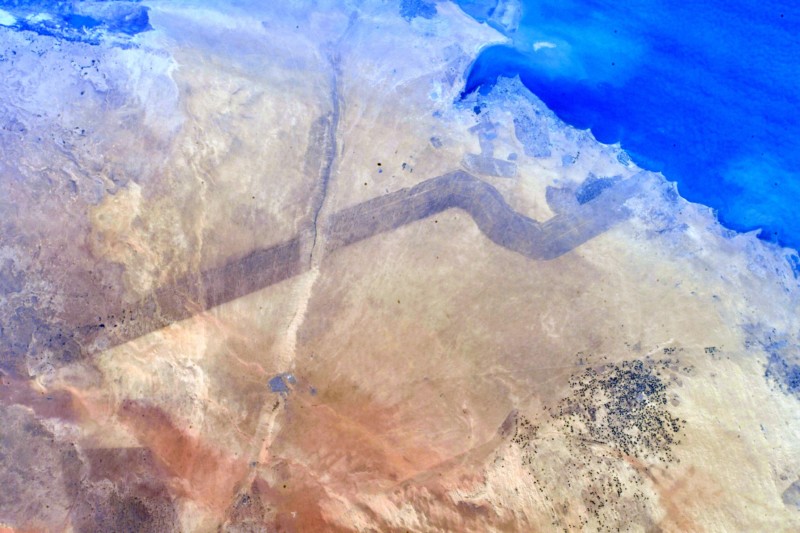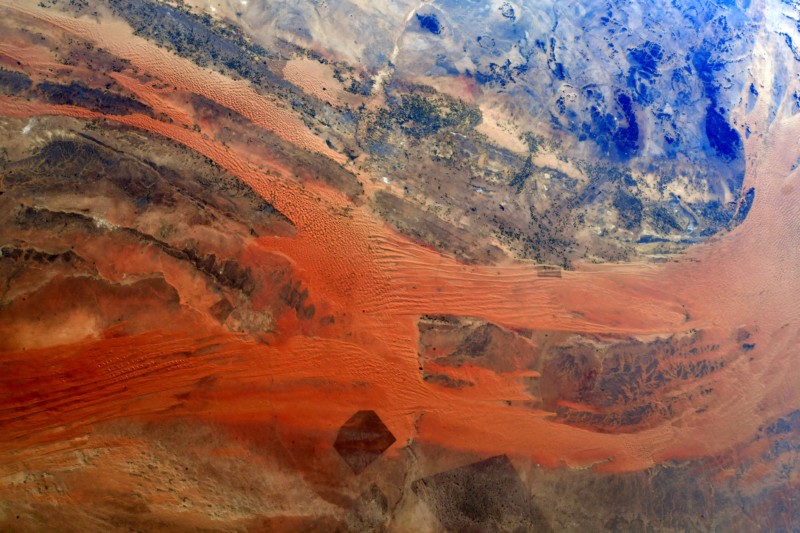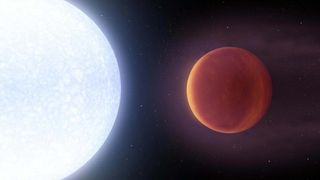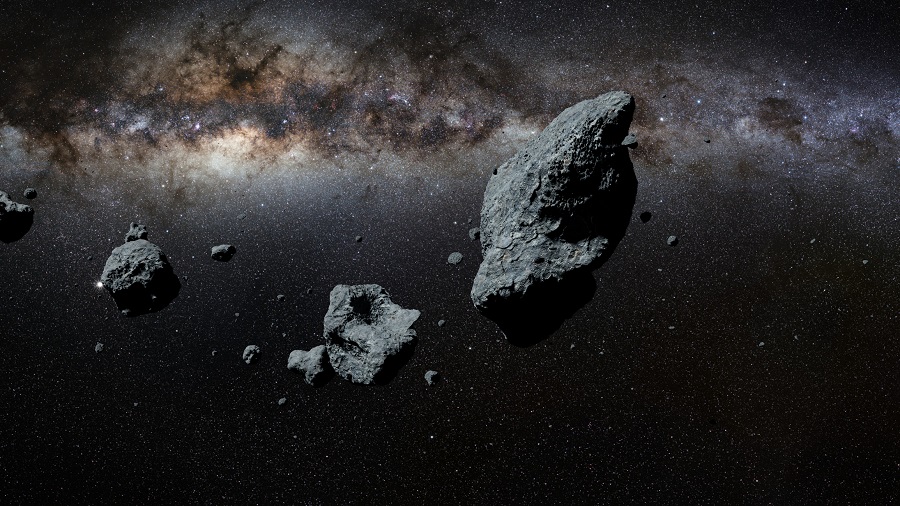
Space science is behind numerous innovations that we all take for granted, such as GPS systems for navigation, air purifiers and 3D printers.
Image: Unsplash/ Eberhard Grossgasteiger
01 Feb 2022
Johnny Wood
Space

Explore the latest strategic trends, research and analysis
Astronaut Matthias Maurer joined a Davos Agenda session live from the International Space Station to explain the research he undertakes.
Microgravity creates a unique environment to enhance certain experiments.
Space research has helped develop numerous innovations and advance understanding of cancer, Alzheimer’s disease and other conditions.
Astronauts also help monitor Earth’s resources and assist in dealing with natural disasters.
Most people will never experience microgravity, but space’s unique atmosphere could still change their lives.
That’s because for astronauts such as Matthias Maurer of the European Space Agency, low gravity offers an opportunity to advance research that benefits people back on Earth.
The International Space Station (ISS) is home to investigations into life, the universe and everything in between. But how do these experiments change the everyday lives of Earth’s inhabitants?
In a special session of the World Economic Forum’s Davos Agenda 2022, live from the ISS, Maurer discussed the details of his work with guests including former US Vice President Al Gore.
Microgravity and the ISS lab
But it is not just technology that is getting better because of space flights. Zero gravity changes the human body, allowing astronauts to become guinea pigs for efforts to fight disease, Maurer said.
Muscles and bones react differently in space than on Earth. This means that on the ISS, controlled experiments can be fast-tracked to study health conditions such as muscle atrophy and bone density loss.
Samples from months of scientific experiments are harvested and returned to Earth in a transport vehicle, ready to be analysed, Maurer explained.
Osteoporosis among US adults aged 50 and over

Osteoporosis affected more than one in 10 US adults aged 50 or over in 2017-18. Image: Statista
In the US alone, osteoporosis affected more than 12% of adults aged 50 and over in 2017-18, up from 9.4% a decade earlier. Microgravity is helping research into such conditions by providing a clearer understanding of the properties, behaviours and treatment responses of cells, organoids and protein clusters.
Zero gravity experiments have already furthered human understanding and treatment of Alzheimer’s disease, asthma, cancer, heart disease Parkinson’s disease and many other conditions.
Keeping a close eye on climate change
Astronauts on the ISS also monitor the planet’s health. Floating 400 kilometres above the surface in low Earth orbit gives a unique perspective on the planet’s evolution – one that goes beyond NASA’s satellite capabilities.
The space station gathers images and data to monitor the evolution of land masses, water, air, vegetation and other resources. Monitoring water and energy cycles, ecosystem changes, population migration patterns and other developments helps inform environmental research and climate science.
It’s a vantage point that can also assist with natural disasters, with orbital images and data helping to track major storms, fires and other extreme weather events by documenting cloud cover, flooding and changes to the land. Night images can also check whether power has been restored after a disaster strikes.
Space science can even help mitigate some of the impacts of climate change and save lives. New water purification systems designed for life on the ISS are helping people in some areas gain access to clean water.
Have you read?
Can space tech save the planet? Astronaut Matthias Maurer joins Al Gore and other experts from space
Astronauts also conduct research in space to better understand how fluids behave. Studying fluid dynamics in a gravity-free environment can help with the development of everything from medical devices to heat transfer systems.
On a molecular level, microgravity has helped improve our understanding of colloids – mixtures of tiny particles suspended in liquid. While you may not have heard of them, colloid research helps companies design better everyday products you have heard of, such as toothpaste and pharmaceuticals.
These are just a few of the many ways space research has improved life for humans, but there are many more. And there are also many challenges that lie ahead.
The last word on the subject should go to Matthias Maurer. Looking down on our planet, he reflects on the advances made by humans and notes that “Earth is one big spaceship”.
And the crew of planet Earth – all 7.9 billion of us – need to work together to meet today’s challenges.
















